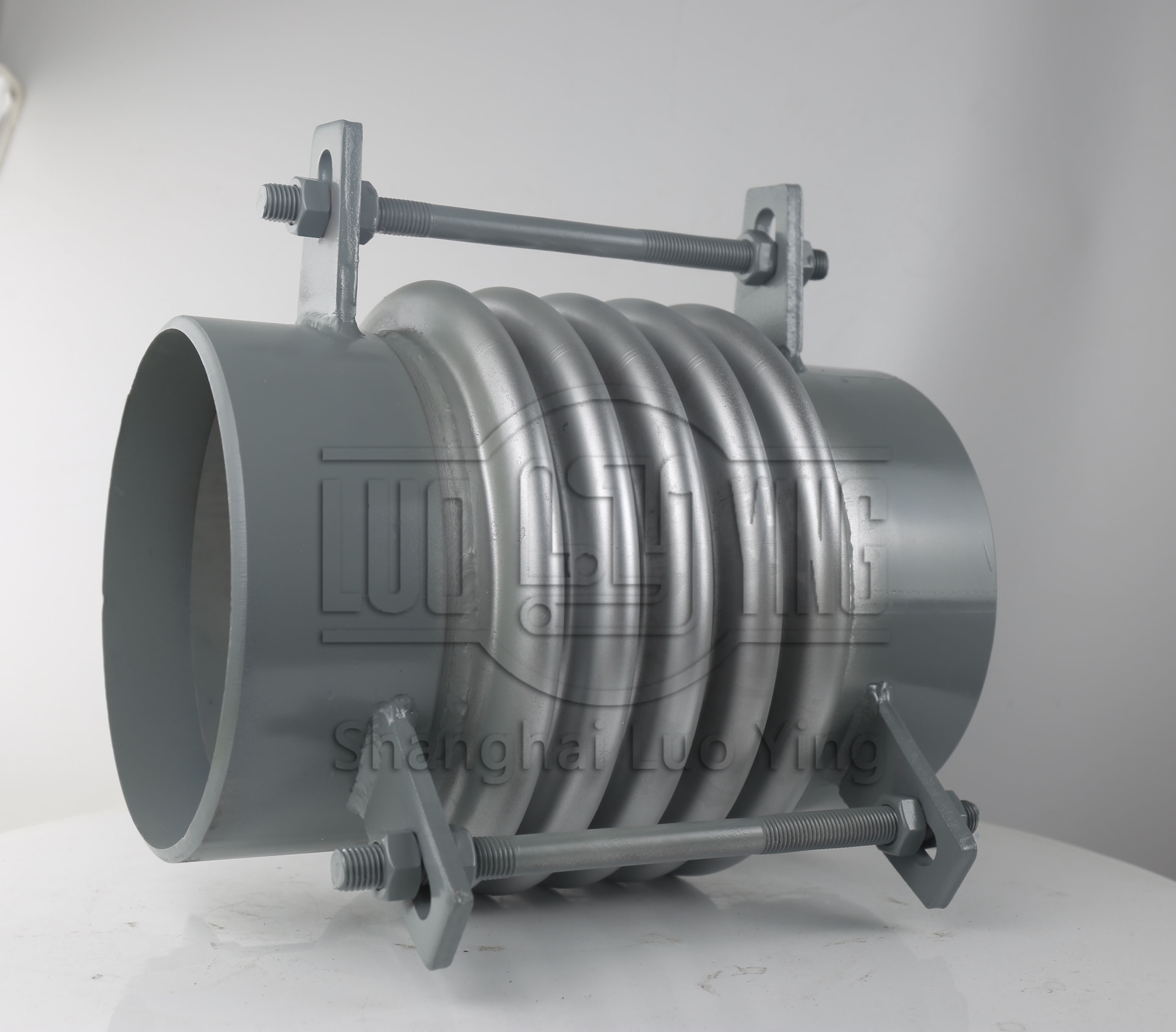Operating procedures for cased stainless steel compensators.
Jul-23-22
Operating procedures for cased stainless steel compensators. Cased stainless steel compensators are vital components used in pipeline systems that are exposed to high temperatures, pressure variations, and vibrations. These compensators provide flexibility to the pipeline system, allowing for expansion and contraction while absorbing movements and vibrations that may cause stress on the pipeline. To ensure the proper functioning and longevity of cased stainless steel compensators, it is crucial to follow specific operating procedures. In this essay, we will discuss some key operating procedures for cased stainless steel compensators.
Proper Installation: The installation process plays a crucial role in the effective operation of cased stainless steel compensators. The compensators should be installed according to the manufacturer's instructions and design specifications. It is important to ensure that the compensators are accurately positioned and aligned with the pipeline to prevent any misalignment or uneven stress distribution. Proper support and anchoring mechanisms should be implemented to provide stability and prevent excessive movement.
Inspection and Maintenance: Regular inspection and maintenance are essential for the proper functioning of cased stainless steel compensators. Inspectors should visually examine the compensators for any signs of damage, corrosion, or wear. Any leakage or deformation should be addressed promptly to avoid further complications. Regular cleaning of the compensators is necessary to remove any dirt, debris, or contaminants that may affect their performance.
Monitoring and Adjustment: Cased stainless steel compensators should be monitored regularly to ensure their effectiveness. This can be done by observing any abnormal movements, noises, or changes in the compensators during temperature variations or pressure fluctuations. Any unusual behavior should be investigated, and necessary adjustments should be made to reduce stress or strain on the compensators. It is important to follow the manufacturer's guidelines for any adjustments or maintenance procedures.

Documentation and Record-Keeping: Maintaining proper documentation and records of all operating procedures, inspections, maintenance, and repairs performed on cased stainless steel compensators is essential. These records help in identifying trends, patterns, or recurring issues, allowing for timely corrective actions if needed. They also assist in ensuring compliance with regulatory requirements and contribute to effective planning of future maintenance activities.

